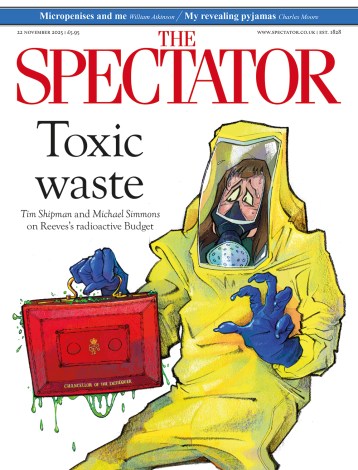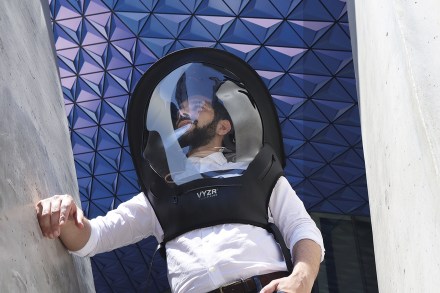When will Boris urge workers to return to the office?
One of the big post-Covid unknowns is whether people will return to big city centre offices or not. As I write in the Times today, the truth is that no one in government can be quite sure of what is going to happen. The Government does have some levers it can pull if it wants to nudge people back to their desks. At present it is instructing people to work from home, advice that’s not due to be reviewed before 21 June. There is also the question of social distancing. If the one-metre rule remains in place after 21 June, it will restrict how many staff any business can accommodate.



